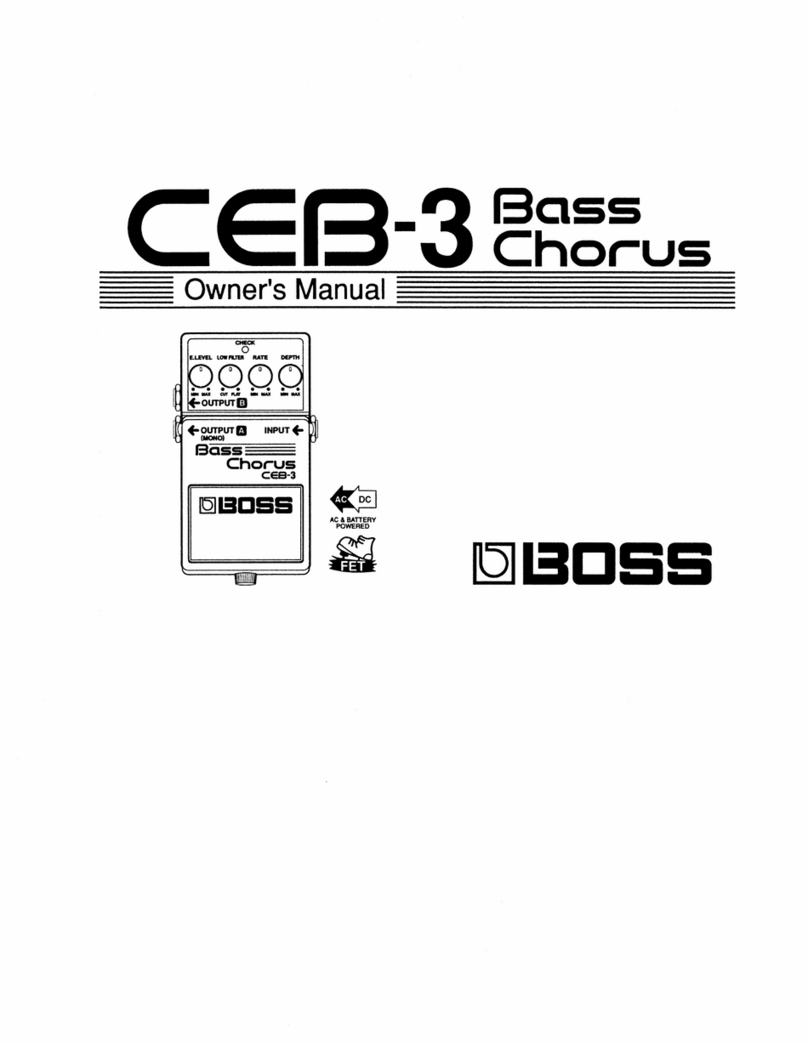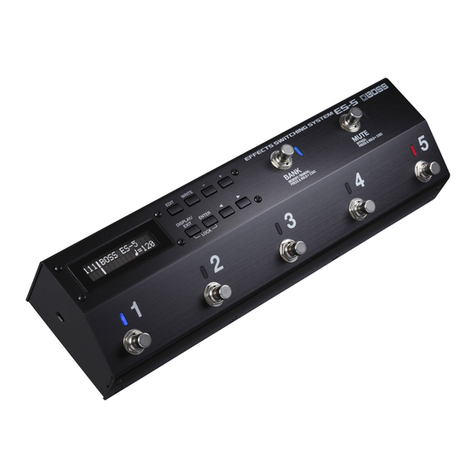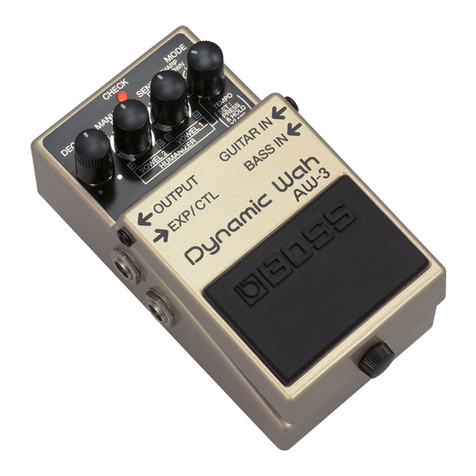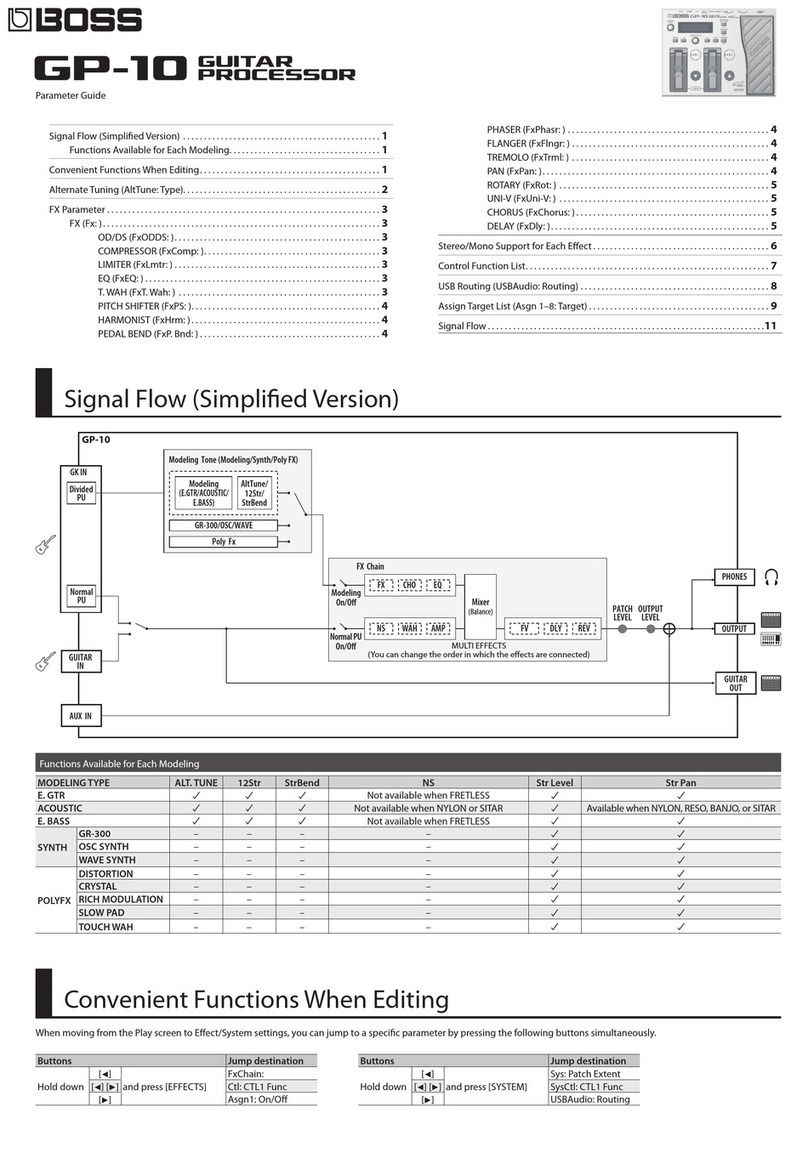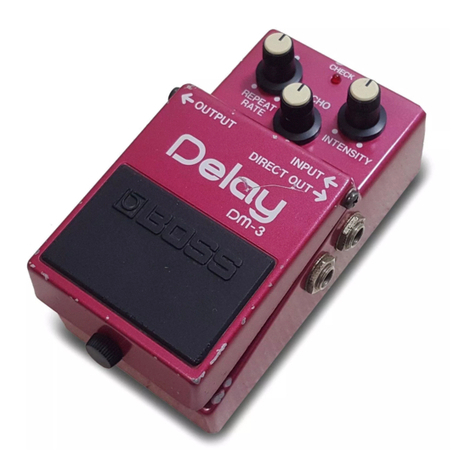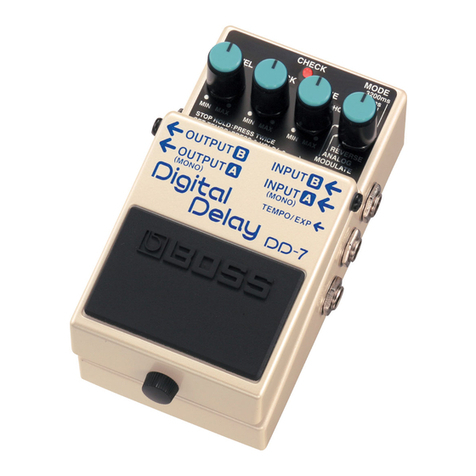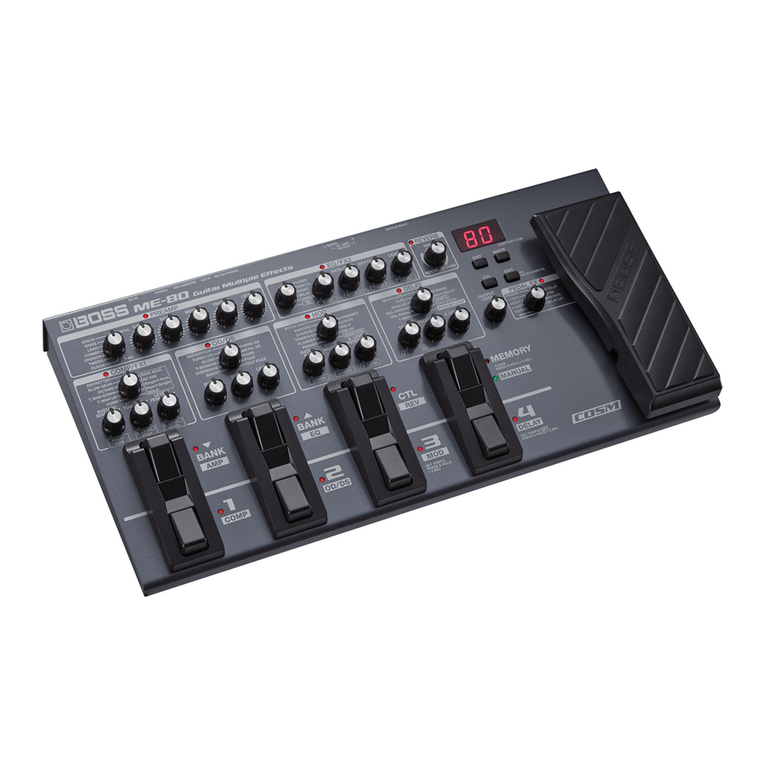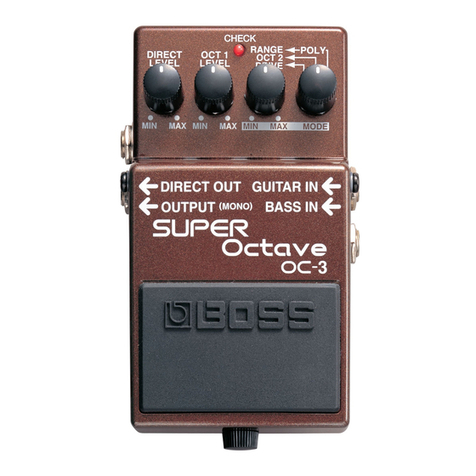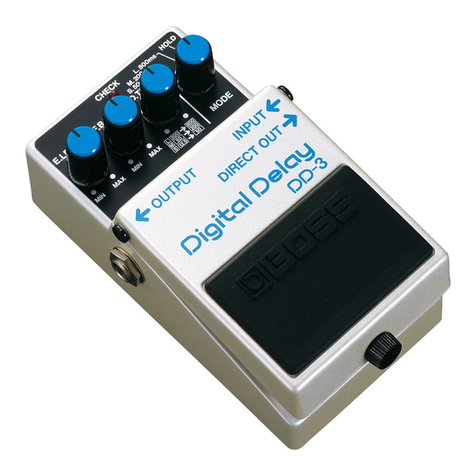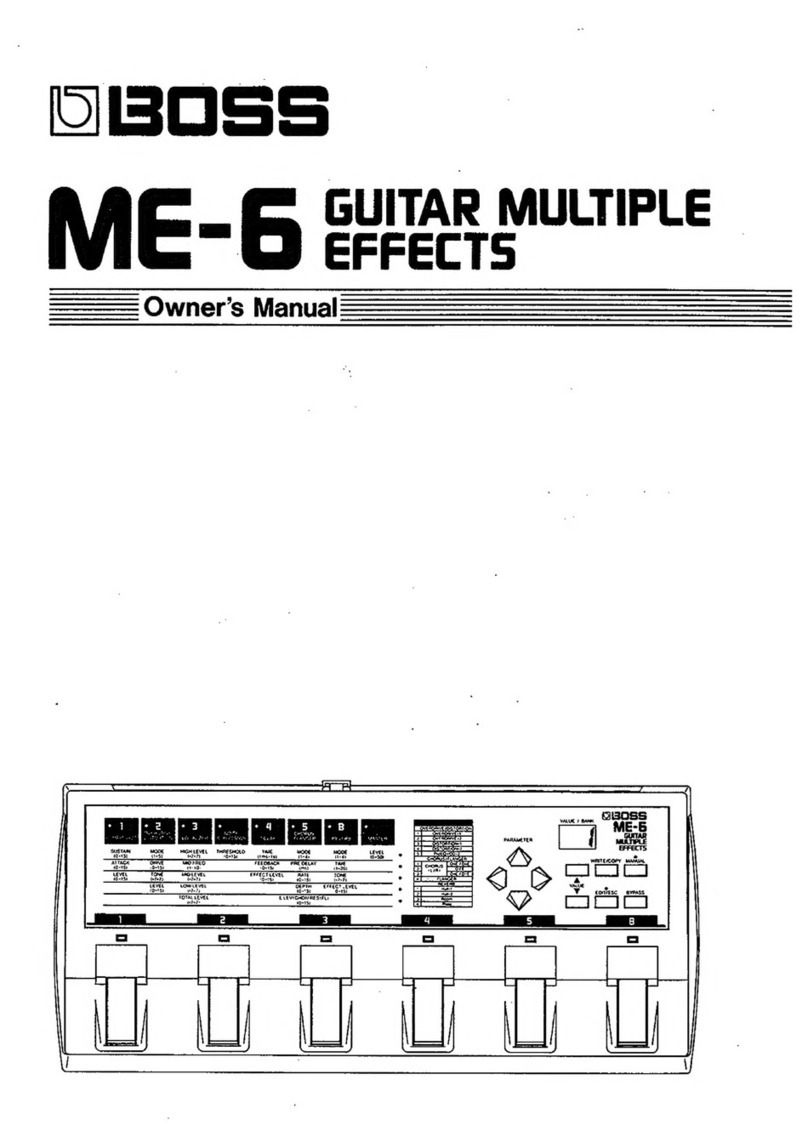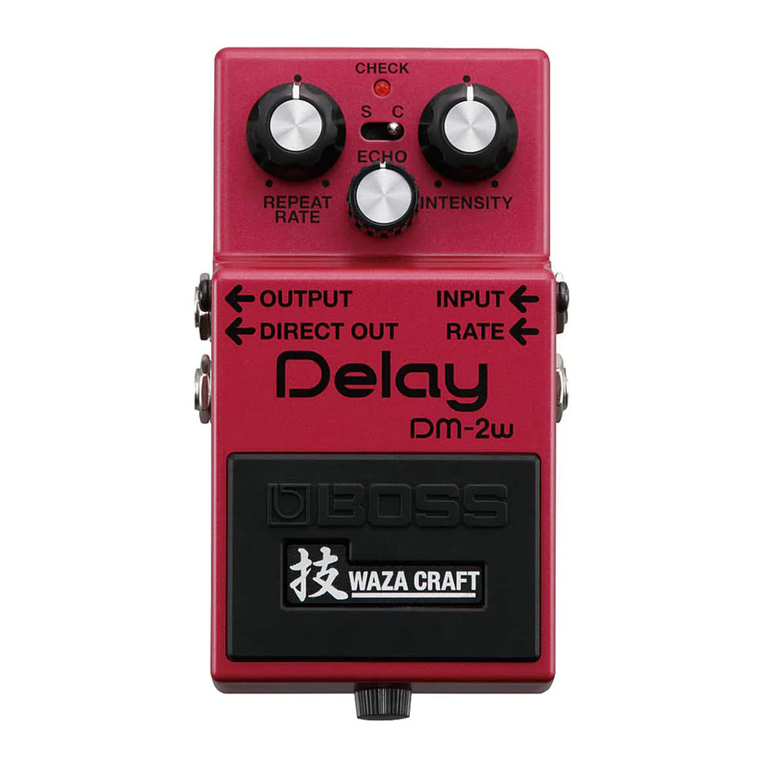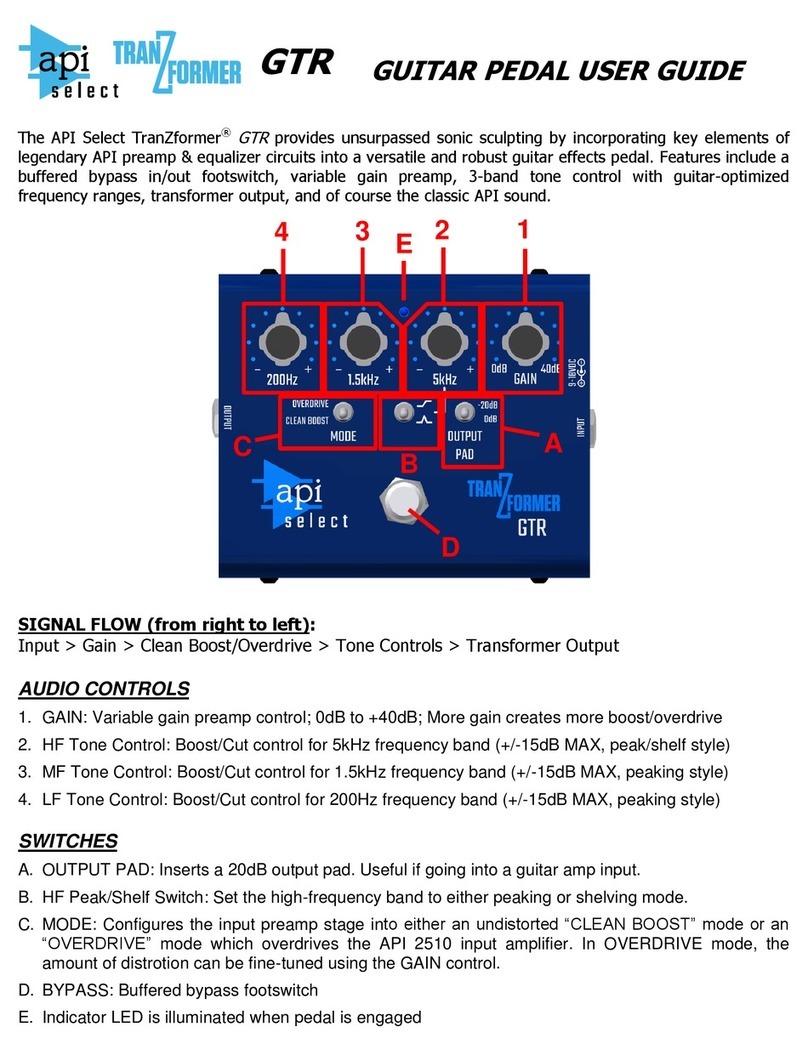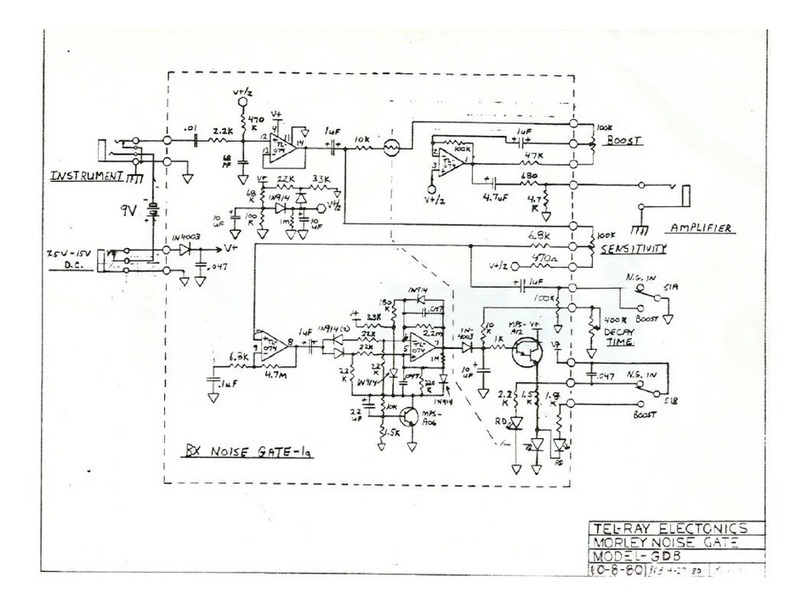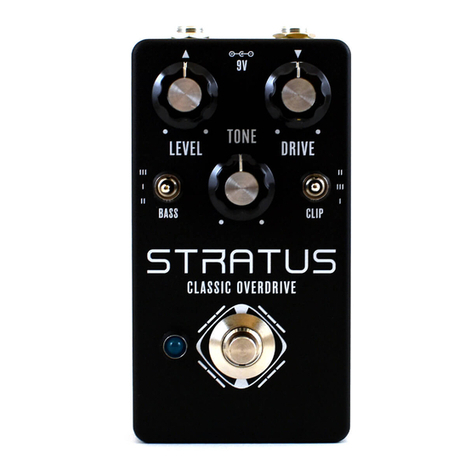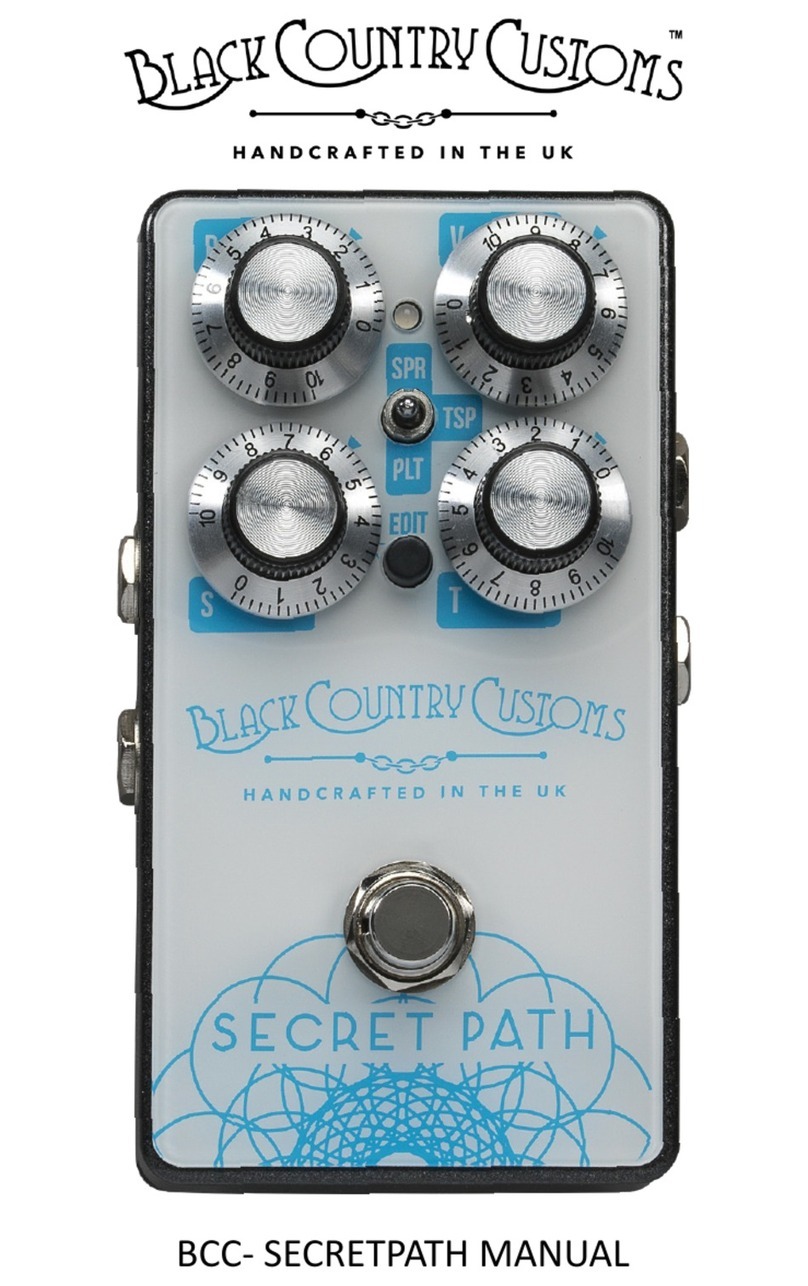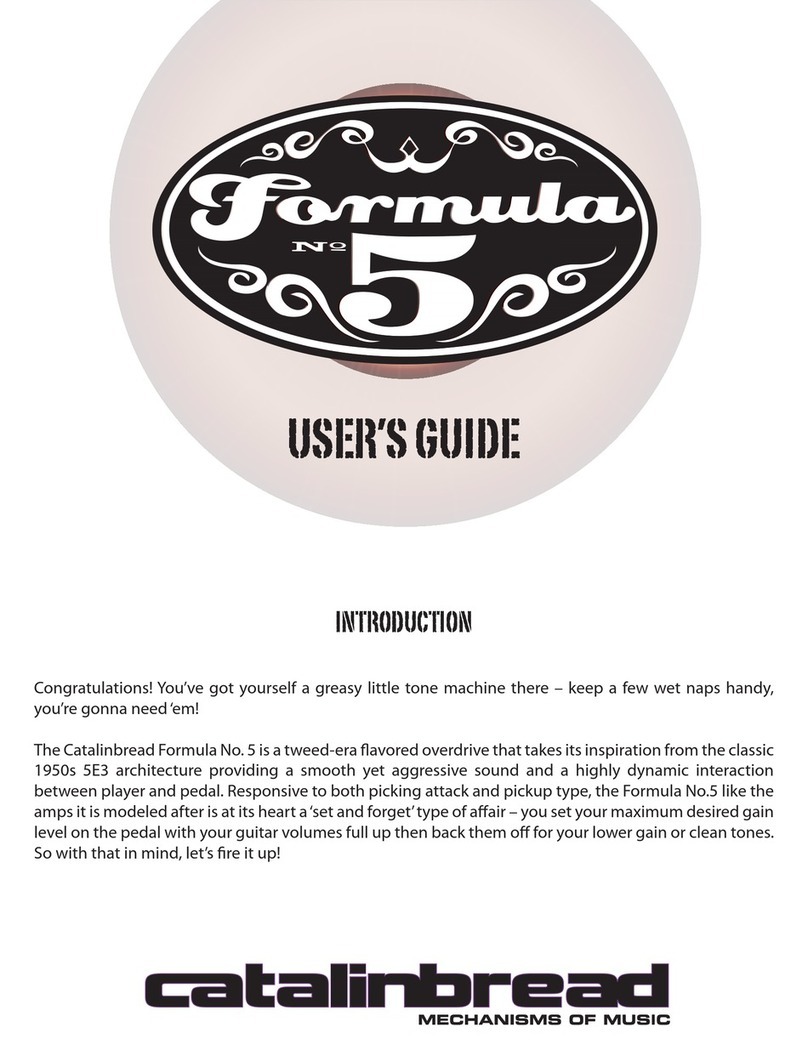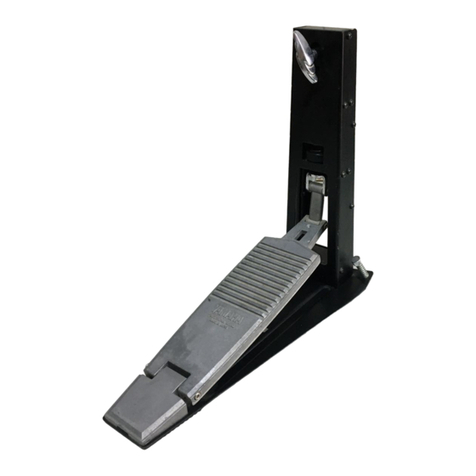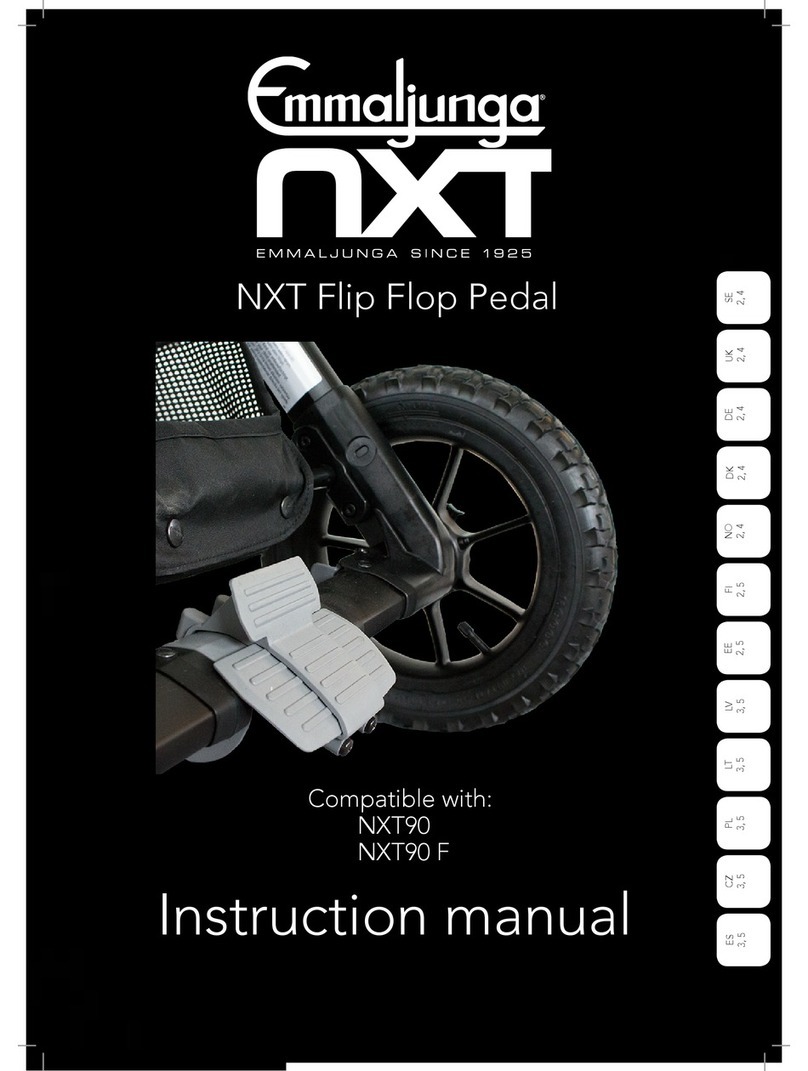
©2007 Roland Corporation U.S. www.BOSSUS.com TBS251
ME-20 Guitar Multiple effects
1
b®
Welcome
Congratulations on your purchase of the Boss ME-20 Guitar Multi Effects. This TurboStart
contains step-by-step instructions that’ll quickly introduce you to the ME-20’s major
features.
Making Connections
Use the following procedure to connect your guitar to the ME-20, and then listen to it:
Connect an instrument cable from your guitar to the INPUT jack of the ME-20.1
Note: The ME-20 can be turned on only when a cable is inserted into its INPUT jack.
To hear the ME-20:
2
Connect headphones to the ME-20’s PHONES output if you want to listen•
through headphones.
Use the ME-20’s L (MONO) OUTPUT jack if you’re connecting it to a mono
•
guitar amp. If you’re using two guitar amps for a stereo sound, connect the
amps to the ME-20’s L (MONO) and R OUTPUT jacks.
Tuning the Guitar
The ME-20 features a built-in chromatic auto-tuner that allows you to tune your guitar
quickly and easily. Here’s how to use the tuner:
Press Pedals 1 and 2 simultaneously to switch to Tuner mode— two dashes appear
1
in the display.
Play your high open E string—the display shows the name of the note closest to the
2
pitch of the string you’ve played. If the string’s already nearly in tune, you see “E.”
Tune the string until its name appears in the display and an arrow on either side
3
of the display points to the string’s name. When only the left-side arrow is lit, the
string’s tuned flat. When only the arrow on the right side lights, the string’s tuned
sharp.
Repeat Step 3 to tune the other five strings.
4
To leave Tuner mode, press Pedals 1 and 2 simultaneously, or press EDIT/EXIT.5
Switching Between Manual and Memory Mode
The ME-20 features a Memory mode that lets you to store and recall up to 30 user
patches so you can quickly and easily load your favorite setups. The ME-20 also offers
Manual mode that lets you turn on and off the currently selected effects using the
pedals. Here’s how to switch between Manual and Memory modes:
Press Pedals 2 and 3 simultaneously to toggle between Manual and Memory
1
Mode.
When you’re in Memory mode—
• the currently selected Bank number shows in
the display and the MEMORY indicator lights in the display.
When you’re in Manual mode—
• the MEMORY indicator is unlit, Pedal 1 turns the
OD/DS (Overdrive/Distortion) effect on and off, Pedal 2 turns the MOD effect
on and off, and Pedal 3 turns the DELAY effect on and off.
Selecting Patches
Patches are stored in the ME-20 in ten “banks,” numbered from 1 to 10. Each bank holds
three patches. To load a patch, you first select the bank that contains the patch, and then
you select the patch. Use the following procedure to load Patch 5-3—Bank 5, Patch 3—as
an example:
Press Pedals 2 and 3 simultaneously to enter Memory mode where the current Bank
1
number shows in the display and the display’s MEMORY indicator lights.
Press the BANK
2 or button so the number “5” flashes in the display. This tells
you that Bank 5 is selected and that the ME-20 is waiting for you to choose the
desired patch in Bank 5.
Now step on Pedal 3—the “5” stops flashing and Patch 5-3 is loaded.
3
Using the same procedure, try out some of the other patches in the ME-20.4
Tip: You can also select different banks using Pedals 2 and 3. To do so, press and hold Pedal
2 for two seconds until the pedal indicators are flashing, and then press Pedal 1 or 2 to
select a desired bank. Once you’ve chosen the bank, press Pedal 3, and then press one of the
three pedals to select the desired patch.

